Low-Frequency Electromagnetics Blog Posts
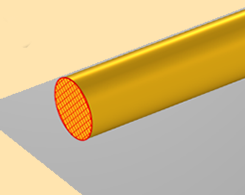
Voltage and Ground When Modeling Wave-Like EM Fields
We continue our discussion of voltage and ground by defining and interpreting these terms for sinusoidally time-varying electromagnetics models.
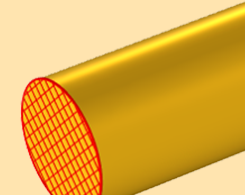
Do Voltage and Ground Exist?
Remember how the terms “voltage” and “ground” were taught in your university electrical engineering classes? Get a precise definition (in terms of modeling computational EM problems) here.
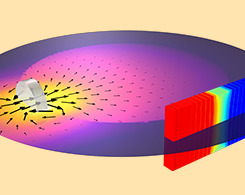
How to Model a Hall Effect Sensor with COMSOL Multiphysics®
Basic working principle of a Hall effect sensor: A nearby magnetic field deflects the path of current through a semiconductive sensor, which causes a measurable change in potential.
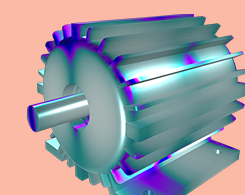
A Quiet Revolution: Analyzing Electric Motor Noise via Simulation
The sound we hear from electric-powered machines is a multiphysics phenomenon: A motor’s electromagnetic activity sends vibrations through both the machine and the surrounding air.
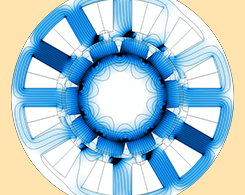
Analyzing Electric Motor and Generator Designs with COMSOL®
Using electromagnetics simulation, you can investigate and optimize the magnetic field distribution, mechanical torque, and iron usage and losses in a permanent magnet motor or generator.
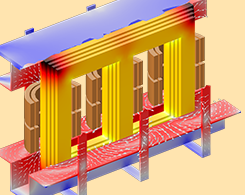
Computing Losses in a Three-Phase Power Transformer
Around the world, power transformers are used in power grids for efficient electric power transmission. EM simulation can be used to compute losses in these devices and optimize their designs.
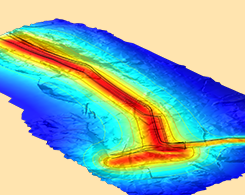
Investigating Magnetic Field Exposure Near Transmission Lines
Electromagnetics simulation can be used to predict and investigate magnetic field exposure around power transmission lines and other electrical infrastructure.

5 W’s for 200 Years of Electromagnetism
Fun fact: Hans Christian Ørsted originally studied pharmacology and philosophy before he went on to discover the connection between electricity and magnetism.
